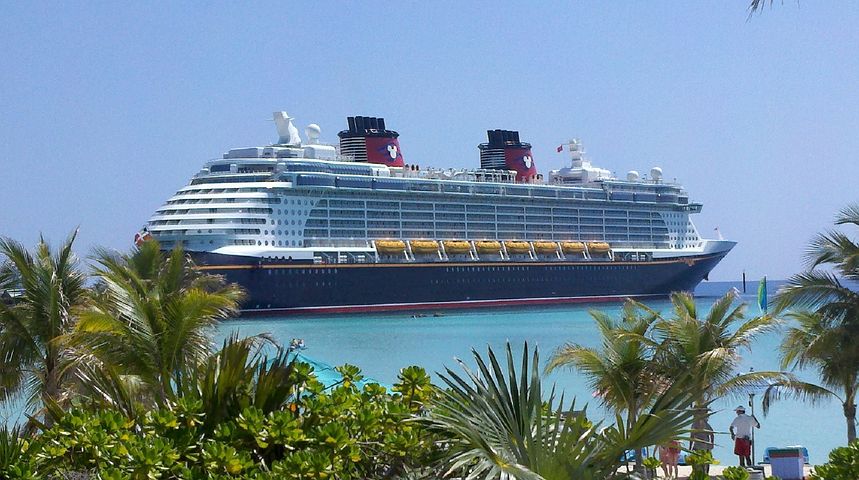
We’ve chatted about how to be sustainable when you’re traveling within the borders of the U.S. But for some of you, that won’t completely scratch the itch.
The good news is that there are sustainable ways to travel, even internationally. You just need a little more time, both in planning and executing your trip. You will also need to have the realization that everywhere on Earth isn’t a potential travel destination…well, at least it shouldn’t be. There really should be some properly untouched and therefore undamaged corners of this beautiful planet.
It’s important to know that sustainable travel actually doesn’t only refer to being environmentally aware. There are three pillars to sustainability. Here’s how they apply specifically to travel situations:
- Environmental Pillar – reducing your negative impact in regards to wildlife & the environment.
- Social Pillar – reducing your negative impact on the local people’s culture & way of life;
- Economic Pillar – ensuring that the tourist dollar you spend remains in the local area.

While we didn’t refer to these for domestic travel, as they are generally far more applicable when visiting places abroad, they are still relevant when on home shores. We would always suggest buying from a local farmer’s market over a national grocery chain for your fresh produce, for example, which represents all 3 pillars.
Traveling sustainably actually starts before you leave home – when addressing how you’ll get there. For an international destination this really comes down to air or sea. If you’re flying, stick to economy class. Not only does that give you (loads) more cash to spend while there, to help keep the Social and Economic Pillars upright, you’ll be responsible for 3 times less CO2 than if you were sitting in business. Refer to this ranking of transatlantic airlines based on their fuel economy. If your traveling to East Asia or Oceania, refer to this instead.

If you’re cruising, you’ll be even worse off. This calculator suggests that for a cruise of 14 days, for 2 people sharing a standard berth, on a ship hosting 2000 passengers, together those two will be responsible for emitting 7.2 tons of CO2. Other sources suggest that the emissions from a cruise passenger are 3 times what that person would emit had they stayed on land. These stats aren’t pretty. That doesn’t even take into account the direct harm the ship does to the ocean, it’s reefs and inhabitants. There’s been much furore over cruise companies being asked to adjust their fuel, to reduce the sulfur content. This is costly, and instead, they’re finding ways of ‘washing’ their fuel before releasing it into the ocean, to just meet requirements until the International Maritime Organization turn their backs. Then there’s the human waste – on the larger ships that can be approximately 210,000 gallons of sewage in one week of cruising. Where does this go? Yep, into the ocean (sometimes ‘treated’, sometimes not). Lastly, there’s the questions around the social conscience and economic rewards for ports who receive the happy cruisers, and those employed on board. Reports suggest that all parties, on board and off, are unfairly paid.
Once you’ve reached your destination, you need to continue to be sustainable. For the Environmental Pillar it’s about protecting & respecting your surroundings. It starts with simple things, like taking your litter with you; taking your own reusable containers for foods and drinks, thereby not using single use plastics, especially as you can boil water to make it drinkable in countries where tap water isn’t safe; using water respectfully (did you know that the average American’s 8.2 minute shower is well over the usual limit?) and doing things which will reduce your carbon footprint, like buying food from local and sustainable sources (trying the local fayre is certainly one of the joys of travel); and using public transport (even in far flung countries of the world, buses will most likely be available, and sometimes even trains).
To address the Social Pillar, actions which you can commit to include: supporting community tourism projects and NGOs, which employ locals and operate social enterprises; support businesses who employ locals; and always be aware of, and avoid, situations where you think employees are not being paid fairly.
Lastly, the Economic Pillar, and it’s pretty straight forward: support local businesses, rather than those with foreign parent companies. The idea is making sure your tourist dollar stays in the local economy, otherwise there really is no benefit to that particular place being a traveler destination.

There are plenty of other ways you can be mindful of your impact, and be a sustainable traveler: Never buy wildlife products. Only participate in responsible wildlife tours. Boycott destinations with questionable ethical practices or humanitarian issues. Check out ‘voluntourism’ opportunities. The list goes on. So as mentioned, being a sustainable and responsible traveler requires more time, starting with research, but it is possible. Enjoy the planning as you get excited for what your trip holds in store, travel safe, travel respectfully, and keep moving towards a more sustainable you!



